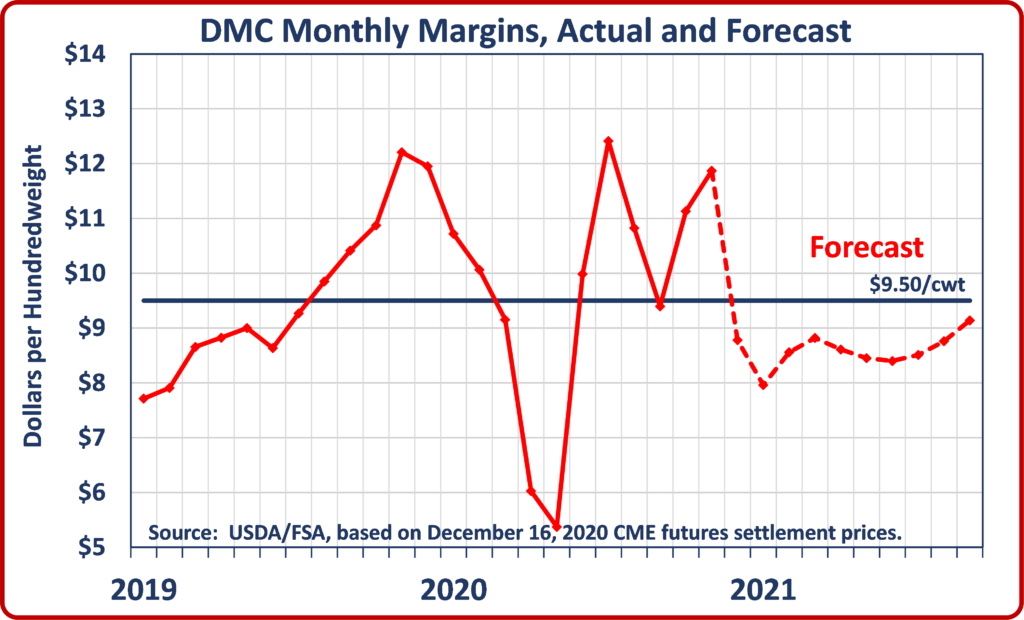NMPF is poised for further gains in 2021 after working hard to advance dairy’s trade priorities in 2020, delivering critical wins for America’s dairy farmers and farmer-owned cooperatives.
NMPF’s Jaime Castaneda, Senior Vice President of Policy Strategy and International Trade, wrote an op-ed for Hoard’s Dairyman detailing a few of the many ways NMPF worked closely with the U.S. Dairy Export Council to help to dismantle tariff and nontariff barriers and expand market access for dairy exports in 2020.
Examples included:
- Pushed for successful implementation of the US-China Phase 1 deal’s dairy nontariff relief provisions, including removal of the dairy facility inspection requirement and more timely updates of China’s list of authorized U.S. exporters;
- Marshaled robust support from 170 members of Congress demanding that the U.S. take a stronger approach to preserve U.S. rights to use common food names and safeguard U.S. market access abroad;
- Secured tariff cuts from Vietnam and China to the benefit of U.S. dairy exporters; and
- Fended off multiple regulatory and policy pressures in Mexico that threated access to our largest export market, and much more.
Each of these accomplishments has helped set the stage to bring home even greater benefits in the coming year. To achieve this, NMPF is working with the U.S. Dairy Export Council (USDEC) to ensure that the industry is well-positioned to swiftly execute on key issues as a new Congress and a new administration takes office in 2021.
Key goals include:
- Robust enforcement regarding the implementation of USMCA dairy commitments by Canada and Mexico;
- Pursuit of new trade agreements with sizable net dairy-importing nations; and
- Strong action to address the use of nontariff trade barriers to hamper U.S. dairy exports’ opportunities.
As part of this important effort to secure new advances in trade policy, NMPF joined with Farmers for Free Trade to issue a report based on the AgTalks series NMPF helped sponsor and participated in earlier this year. The Farmers for Free Trade report includes an assessment on the state of American agriculture as well as policy analysis and recommendations.
Finally NMPF soon will launch a joint initiative with USDEC to equip dairy farmers and industry staff with the tools necessary to articulate dairy trade issues to policymakers and the media as the need arises.






